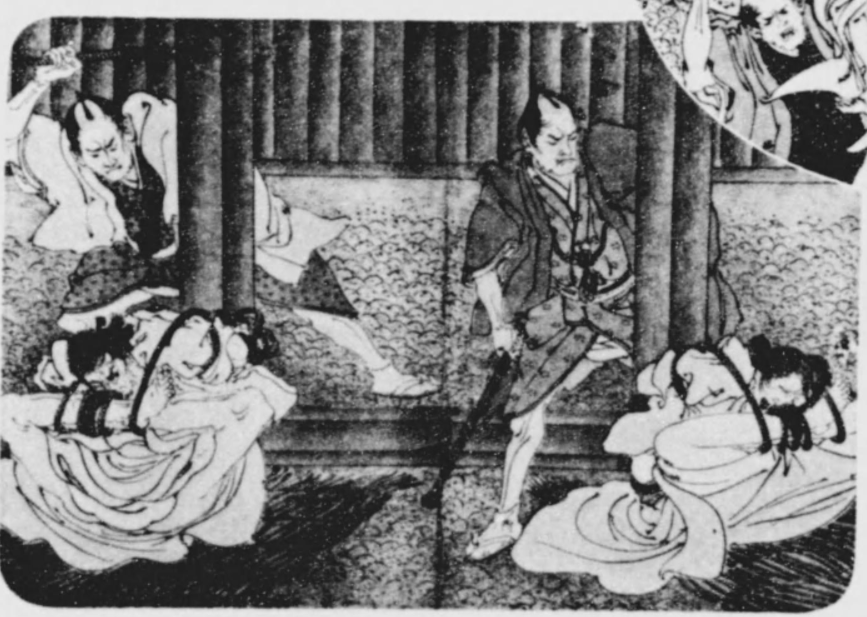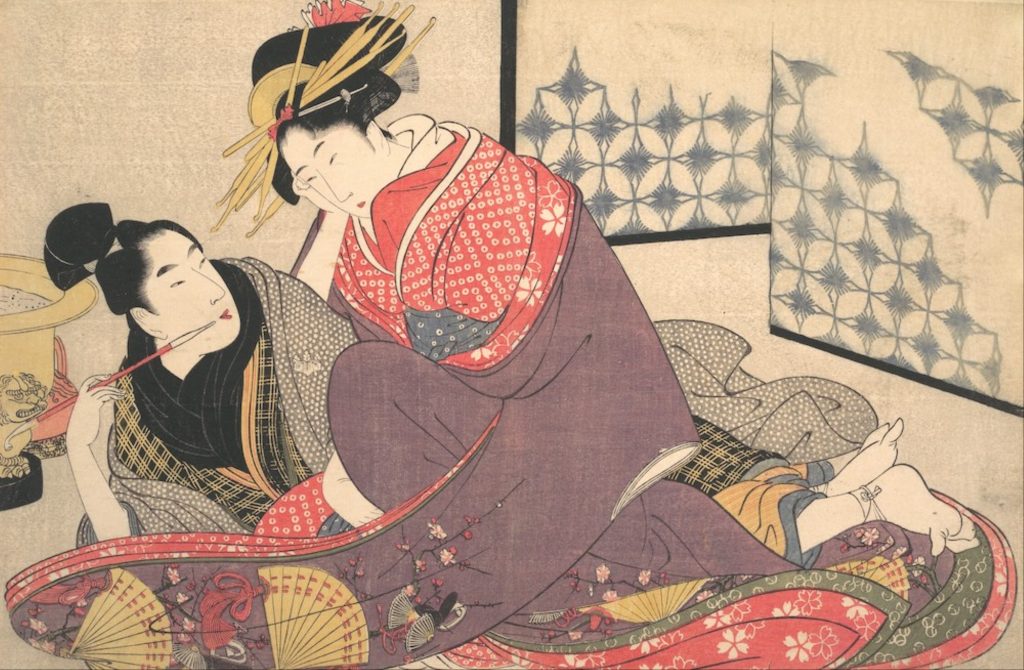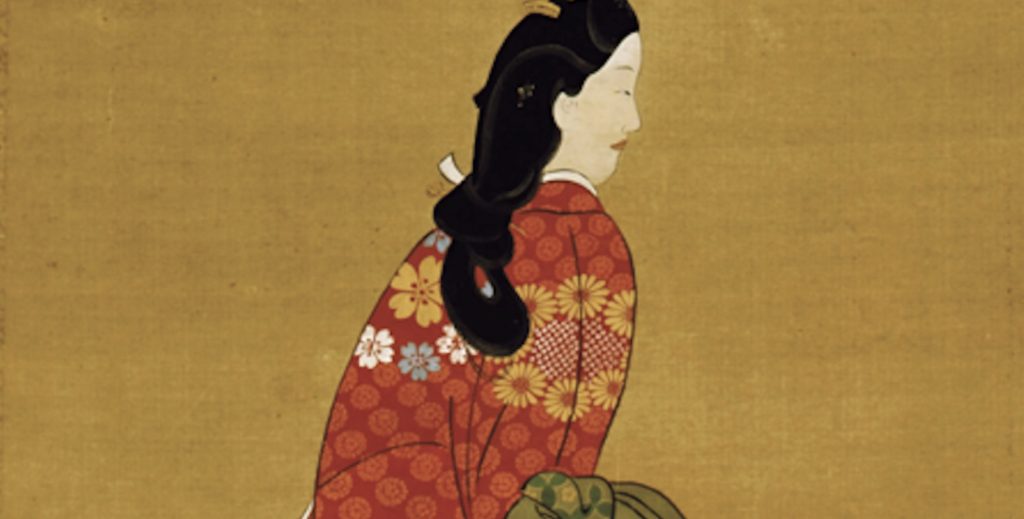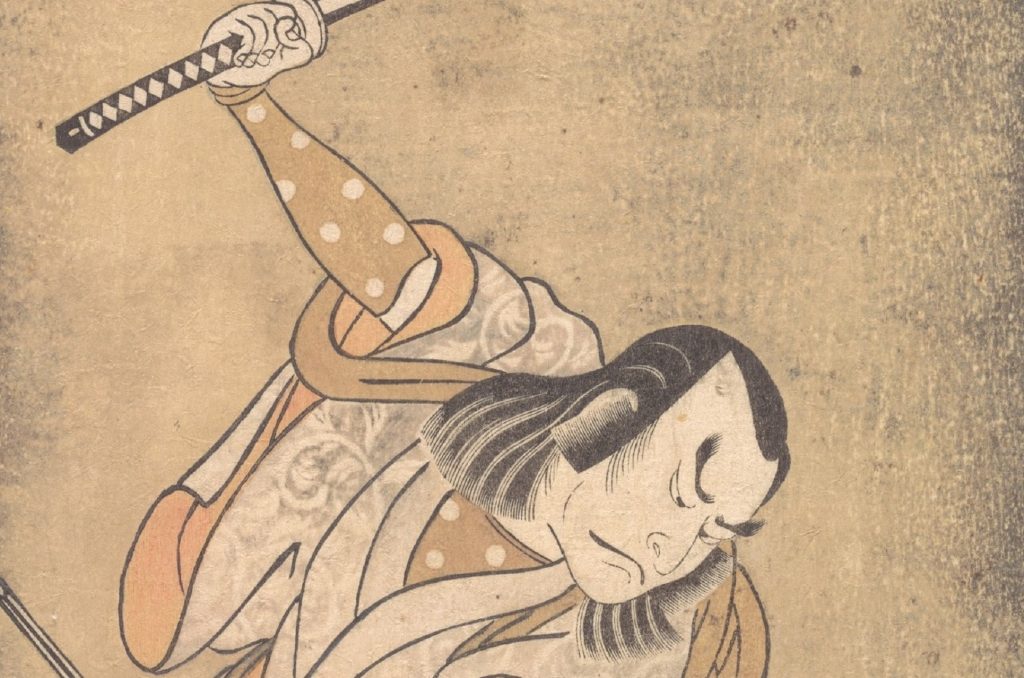In the Edo period, prisoners were subjected to torture that would be unthinkable today. After doing a lot of research on the subject, I discovered a torture called ‘Ebi-seme’ (海老責). At first I thought, ‘do they get tortured by being ticked with the prawns’ whiskers?’…but it wasn’t that simple.
What is Ebi-seme?
Ebi-seme is a form of torture used to induce prisoners to confess. It was carried out in a place called the Gomongura (拷問蔵, torture chamber) and the procedure was as follows.
1. tie the prisoner’s hands behind his back
2. bend the body forward and tie the prisoner’s face and legs so closely together
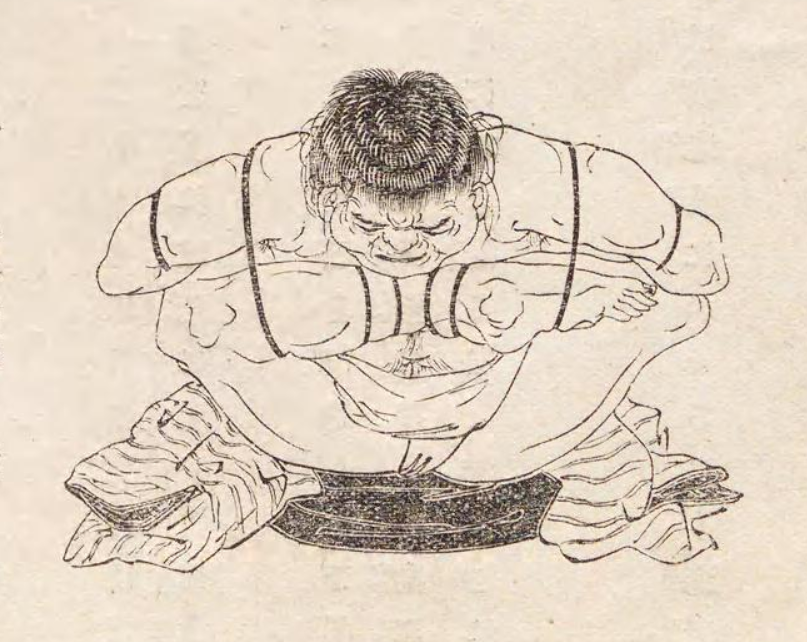
Prisoners who were tied in this way would turn red all over after about 30 minutes, and after an hour, they would turn purple or brownish. If left further, they would turn pale, but if this happened they could die, so the ropes were untied.
There are various theories as to why the term ‘prawn blame’ is used, such as because the tied-up figure looks like a prawn, or because the reddening is like a prawn.
Torture imposed on those who endure two tortures
Ebi-seme, which can be life-threatening, is not a torture that is applied out of the bat. Those who have survived two minor tortures (but still inflicting considerable pain) – ‘ishidaki’ (torture in which the victim kneels on triangular wedges and stone slabs are placed on their lap) and whipping. – are finally subjected to full-blown torture in the Ebi-seme.
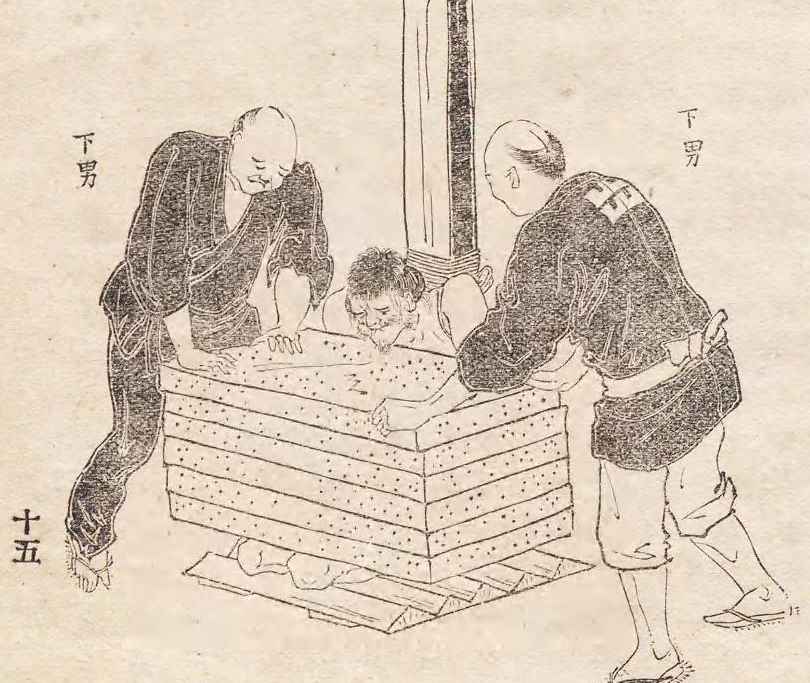
Those who have withstood the Ebi-seme are next subjected to Tsurushi-Zeme (釣責). This involves tying their hands behind their backs and hanging them from a beam. Even stubborn prisoners who did not readily confess were unable to withstand this.
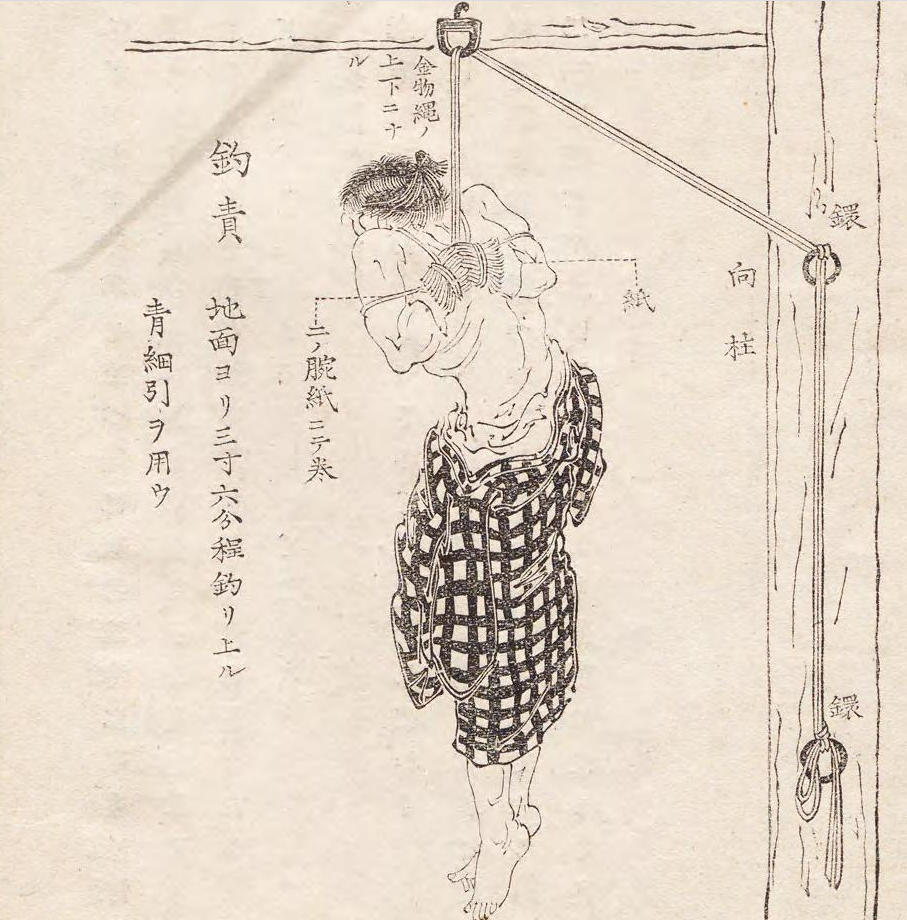
If they were subjected to such torture, there would have been many cases where they would have told untruths because of their suffering, even if they had not actually committed a crime.
The punishment imposed on those who committed the gravest offenses—
During the Edo period, the highest form of punishment was known as nokogiribiki (sawing). Details about this punishment are introduced in the following article.
Image in article
From the Digital Collections of the National Diet Library, Tokugawa Seikei Shiryo Gomon Jitsuki (徳川政刑史料 拷問實記)
Eye-catching image
‘Shihoseido Enkaku Zufu (司法制度沿革図譜)’ from the Digital Collections of the National Diet Library
This article is translated from https://intojapanwaraku.com/rock/culture-rock/154191/






